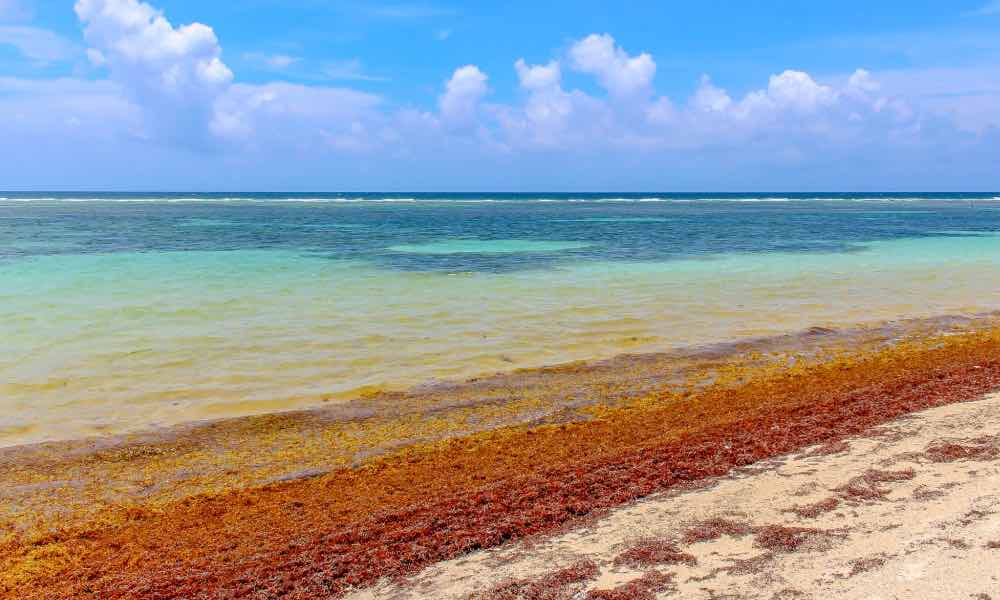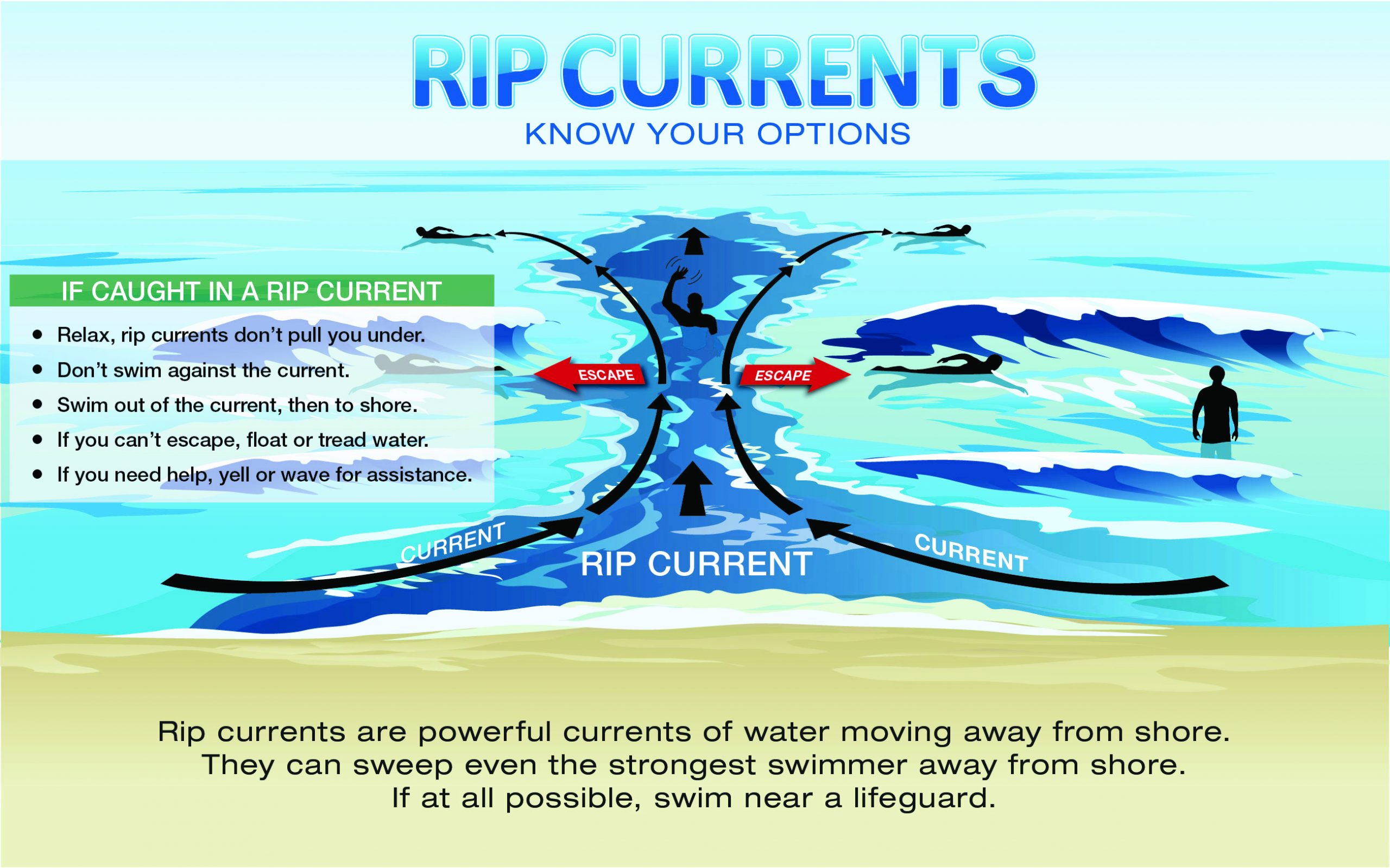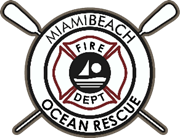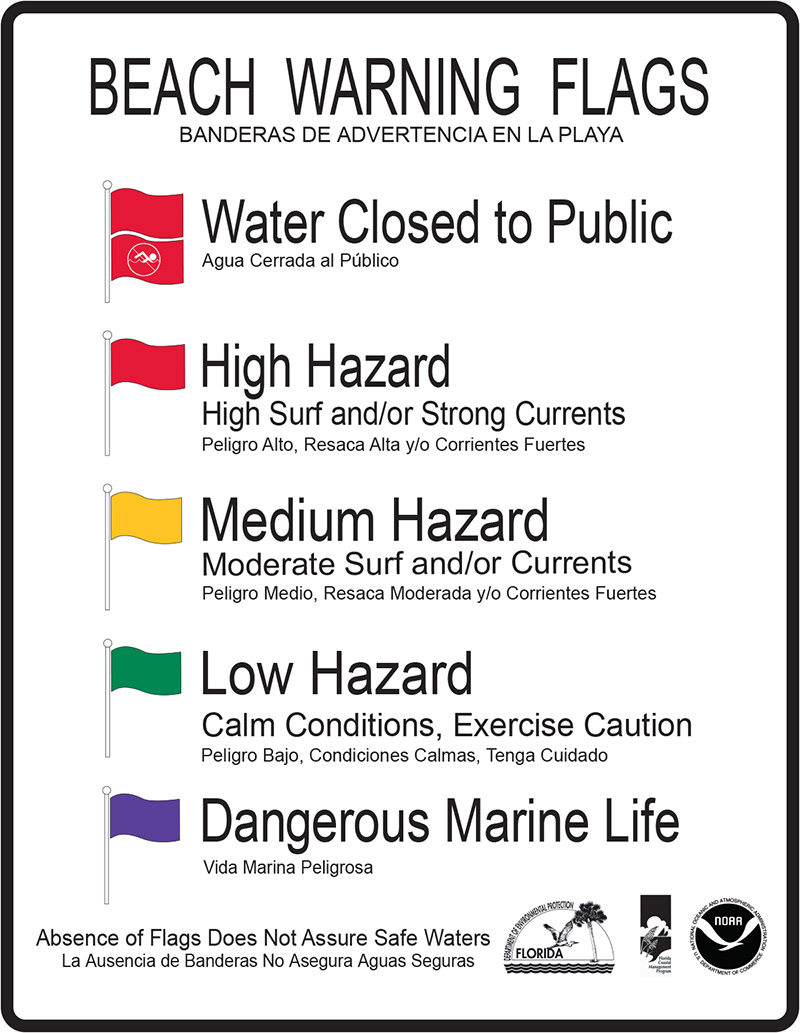Miami Beach Ocean Rescue Safety & Weather Condition Report
Today's Beach Conditions: April 19, 2024
Welcome to beautiful Miami Beach with more than 7 miles of pristine beaches. Here are the current conditions from Ocean Rescue:


You may notice a heavier influx of sargassum (seaweed) along our shoreline. The city continues to coordinate with Miami-Dade County Parks to safely remove excess seaweed from our beaches. Clean-up crews operate on a daily basis to collect, remove, cut, and turn the buildup of seaweed on the water line across our 7.5-mile beach.
Prior to operating heavy machinery, a team surveys for sea turtle nests and hatchlings each morning. Once the survey is complete, beach operations crews proceed to clean the beach until sunset, regardless of tidal conditions.
Why can’t sargassum be removed from the water before it reaches the shoreline?
County, State and federal environmental regulations prohibit the removal of seaweed from the water prior to its landing on the shore.
Is it harmful to beachgoers?
According to the Florida Health Department, as sargassum decomposes, it gives off a substance called hydrogen sulfide. Hydrogen sulfide has a very unpleasant odor, like rotten eggs. Although the seaweed itself cannot harm people, tiny sea creatures that live in sargassum can cause skin rashes and blisters. Hydrogen sulfide can also irritate the eyes, nose and throat. If you have asthma or other breathing illnesses, you'll be more sensitive to these symptoms. However, the levels of hydrogen sulfide in an area like the beach, with large amounts of airflow, are not expected to harm health.
What are the benefits of sargassum?
Sargassum provides crucial habitat for many marine species, including endangered sea turtles, which, upon hatching on our beaches, make their way out to the sargassum to spend their juvenile years feeding and growing amongst the seaweed mats. It is also an important element in shoreline stability. It also provides nutrients to the shoreline and can replenish areas that suffer beach erosion due to hurricanes and storms, thereby helping to keep our shorelines resilient.
Please click here to read more information from Miami-Dade County
Learn more about "Sargassum" by watching the video below:

Q. What is a "Rip Current?"
A rip current is a seaward stream. It is caused by an excessive amount of water that has come inside a sand bar over which waves have broken toward the shore. This accumulation of water becomes higher than sea level and flows seaward through deeper areas of the sandbar where waves are not breaking ashore.
Rip currents are visible from shore. There are several "signs" that they exist. Look for the following indicators to determine their location:Sandy-colored areas. This indicates that a rip current is forming by 'washing-out' sand from the bottom as the water flows seaward. Dark-colored water. This defines the deeper areas. Slots of darker water indicate where rip currents have already formed. A line of seaweed, foam, and/or debris extending seaward. You are witnessing items brought over the sandbar with the waves washing back out to sea with the rip current. An area of confusing waves. This choppy area resembles the surface water inside a washing machine. Rip currents are not always easily discernible to the untrained eye. An experienced ocean lifeguard with an elevated vantage point, will know where the rip currents exist. This helps them direct bathers away from these dangerous areas. Always swim in a guarded area.
Q. When is it conducive for rip currents to exist on beaches?
Anytime waves are "breaking" toward shore, that volume of water must flow back out to sea by gravity. A "breaking wave" is a wave in which water (white in appearance) is physically moving toward shore. It is caused by water spilling or plunging down the wave faces. A "swell" on the other hand, is only a wave energy form; that is, water moving on a vertical plane (up & down) rather than forward. A swell may become a breaking wave when it reaches sufficiently shallow waters.
Most waves are formed from the force of wind against the water. Sometimes waves travel thousands of miles across open seas from storms. Usually, however, local winds cause waves at our shores. Therefore, one may expect rip currents on days with strong onshore winds.
Q. How would some one caught in a rip current free himself?
Rip currents may become strong enough to pull the best of swimmers out to sea. The best method of escape would be to swim sideways from the pull of the current, then swim to shore and allow the waves to push you towards the shore. It is important to move a considerable distance from the rip current so as not to be fed back into it from the lateral (parallel to shore) current.
Even with this knowledge, it may not be as simple as it sounds. For your own safety, it's best to swim near a lifeguard stand.
National Weather Service - Rip Current Safety
United States Lifesaving Association

Watch the National Weather Service "Rip Current Safety Animation" video:

Enjoy the scene, please keep our beaches clean and remember to always swim near a Lifeguard. Have a safe day.

Ocean Hotline
For comments, questions, daily beach conditions, or more information, please contact the Ocean Rescue Hotline at (305) 673-7714 (option #1 for weather conditions)


 83°
83° 